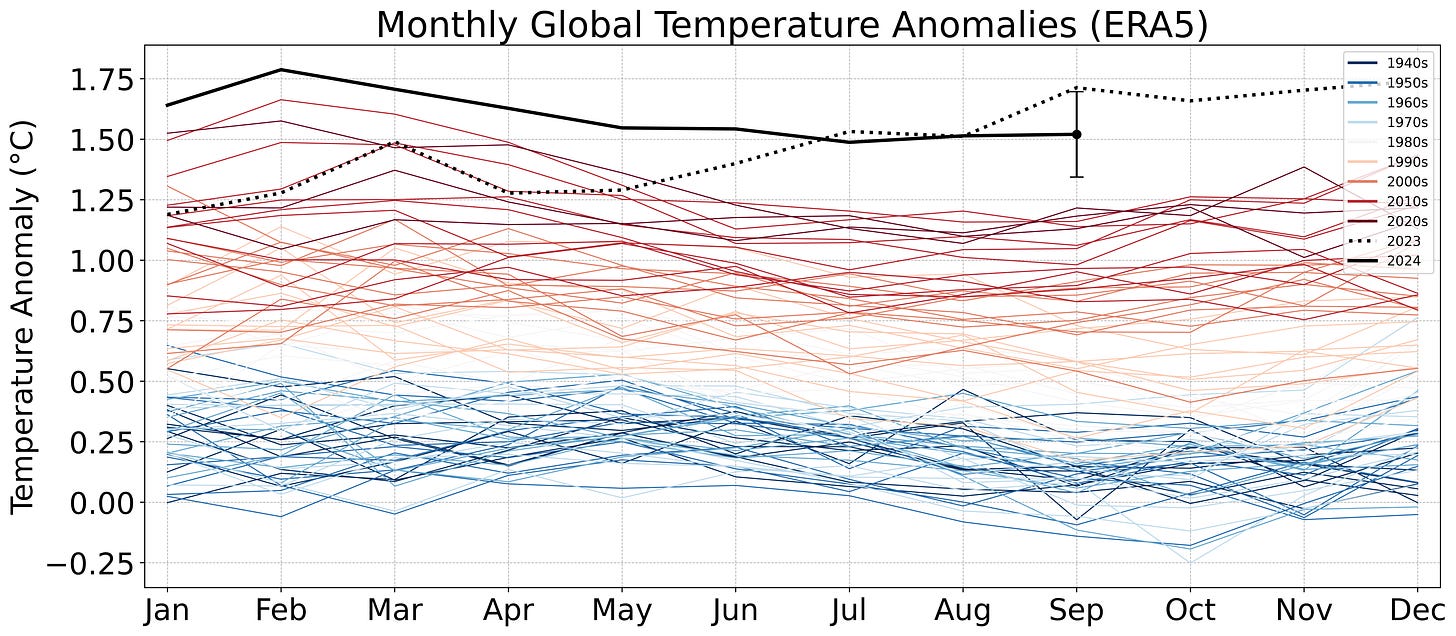Sustainability, Vol. 15, Pages 12863: Data-Driven Integrated Decision Model for Analysing Energetic Behaviour of Innovative Construction Materials Capable of Hybrid Energy Storage
Sustainability doi: 10.3390/su151712863
Authors: Chrysa Politi Antonis Peppas Maria Taxiarchou
Aligning the European Union goals for climate neutrality by 2050 and the ambition for carbon equivalent emissions reduction to almost half by 2030 demands the exploration of alternative decarbonisation pathways. Energy consumption across all sectors is identified as a crucial contributor to this challenge, with a number of legislative and regulatory frameworks and commitments to be introduced every year. In response to these trends, the concept of exploiting a building’s thermal mass through the integration of phase change materials (PCMs) enhances the ability of building elements to reserve and deliver large amounts of energy during phase transitions. However, the incorporation of PCMs into building elements requires the thorough understanding of their thermal behaviour. This study evaluates and predicts the thermophysical properties of mineral particles carrying PCMs and coated with a cementitious layer able to be utilised as fillers in construction applications. By employing deep learning and predictive modelling techniques, the numerical data-driven model developed in this paper enhances accuracy and efficiency in property estimation and prediction, facilitating material selection, system design, and optimisation. A model in a MATLAB simulation environment is presented, evaluating and predicting the thermophysical properties of semi-organic particles able to enhance building envelope thermal mass as a hybrid energy storage solution. These findings show the time needed for a building block to undergo cooling, demonstrating a clear upgrade in the thermal discharge of the walls. Substituting traditional EP with PCM-enhanced EP leads to a minimum reduction of 1 °C per hour in the discharge rate, thereby extending the comfort duration of indoor spaces without necessitating additional space heating. These models offer the potential for assessing diverse material compositions and usage scenarios, offering valuable insights to aid decisions in optimizing building energy efficiency.

 1 year ago
22
1 year ago
22


